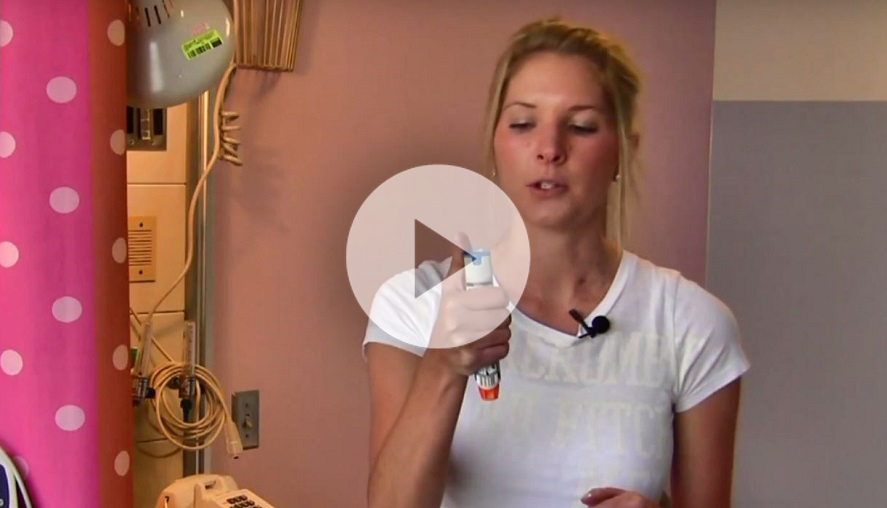When Harmless Molds Cause Allergic Reactions
Did you know that mold can be harmless unless you have an allergy? Learn more about indoor and outdoor molds, how they are diagnosed and treated from Allergist Flavia Hoyte, MD.
Watch the video to learn more.
Transcript
An allergy to mold is a response from an allergic individual to mold that is otherwise harmless, and generally there are indoor molds and there are outdoor molds.
Outdoor molds tends to be more worrisome in the summer, hot summer months.
Indoor molds ... any humid, damp area tends to be where the indoor molds cause problems.
Mold allergy can be like any other environmental allergy.
You can develop nasal symptoms, but you can also develop a worsening of underlying asthma.
Testing for mold allergy involves skin prick testing and/or specific IgE testing, which is a blood test.
With skin testing, we put an extract, a drop of an extract, and we poke through it, and we look for an allergic response of the skin suggesting that your body is sensitized to that mold.
The primary treatment option would be avoidance, and if a mold is identified inside the home, it can be cleaned with a dilute bleach solution generally.
In terms of outdoor molds, paying attention to the mold spore counts for certain molds that are found outdoors if one if allergic to them and trying to avoid high mold spore days.
Allergen immunotherapy can work for molds, as well, and so sometimes we will do specifically mold allergy shots or combine them with other allergen extracts in allergy shots.
Related Videos
Related Health Insights and News
Want to use this on your website? Fill out the content usage request form and then copy this code: https://youtu.be/q__Sp_2HCW8
















-(1).JPG?lang=en-US&ext=.jpg)



.JPG?lang=en-US&ext=.jpg)







